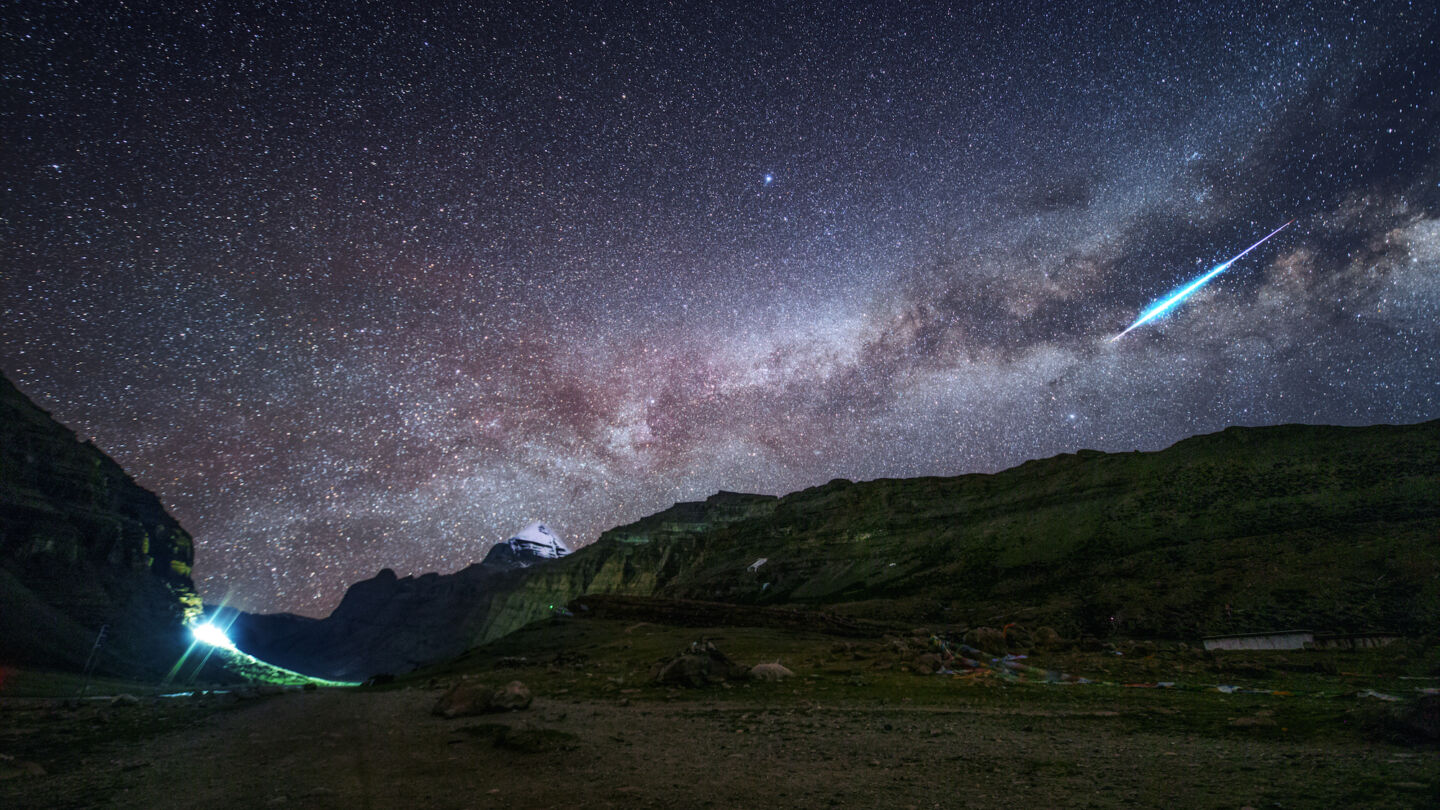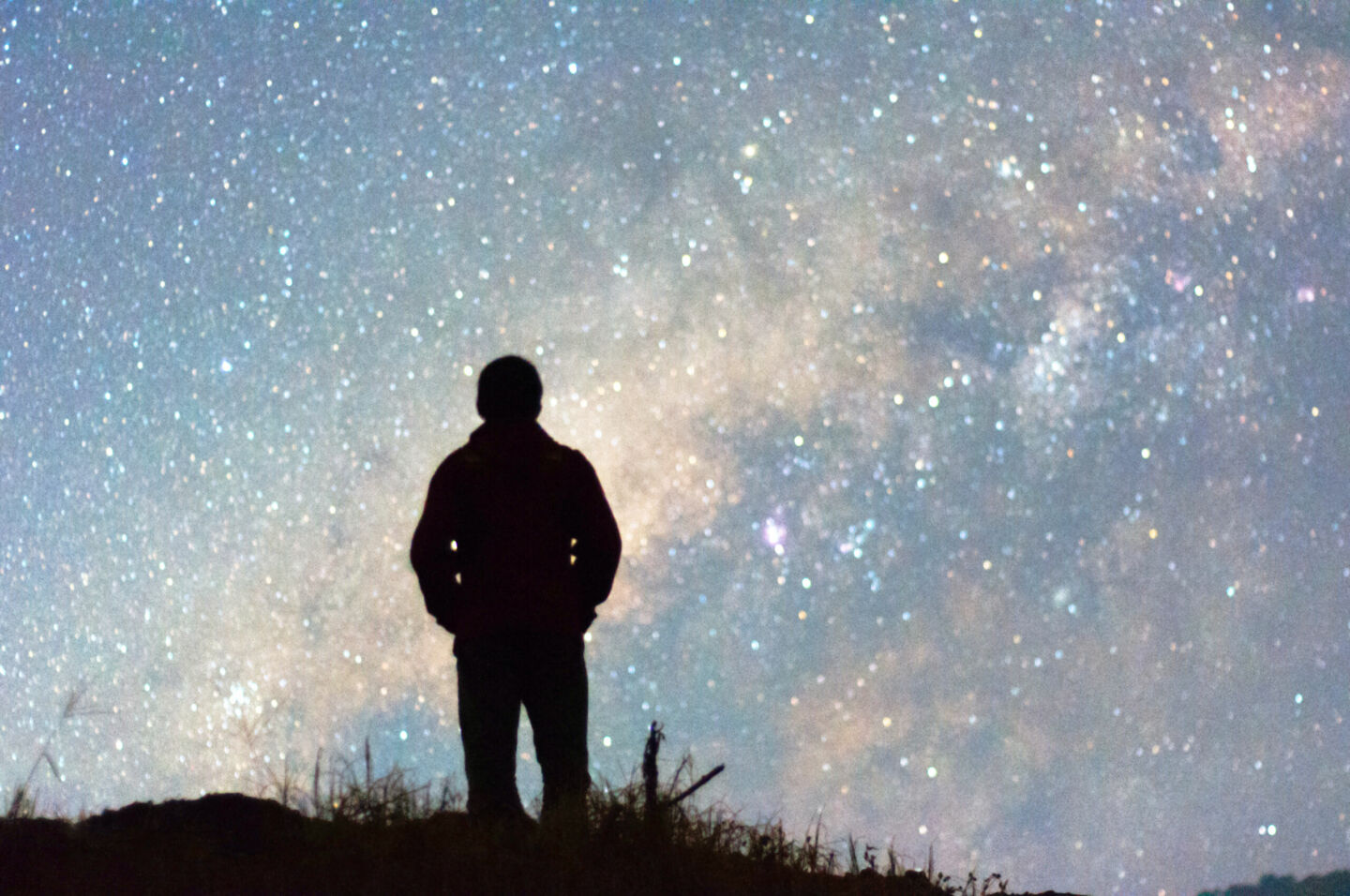
Perseid Meteor Shower: How to Enjoy It and Why It Matters
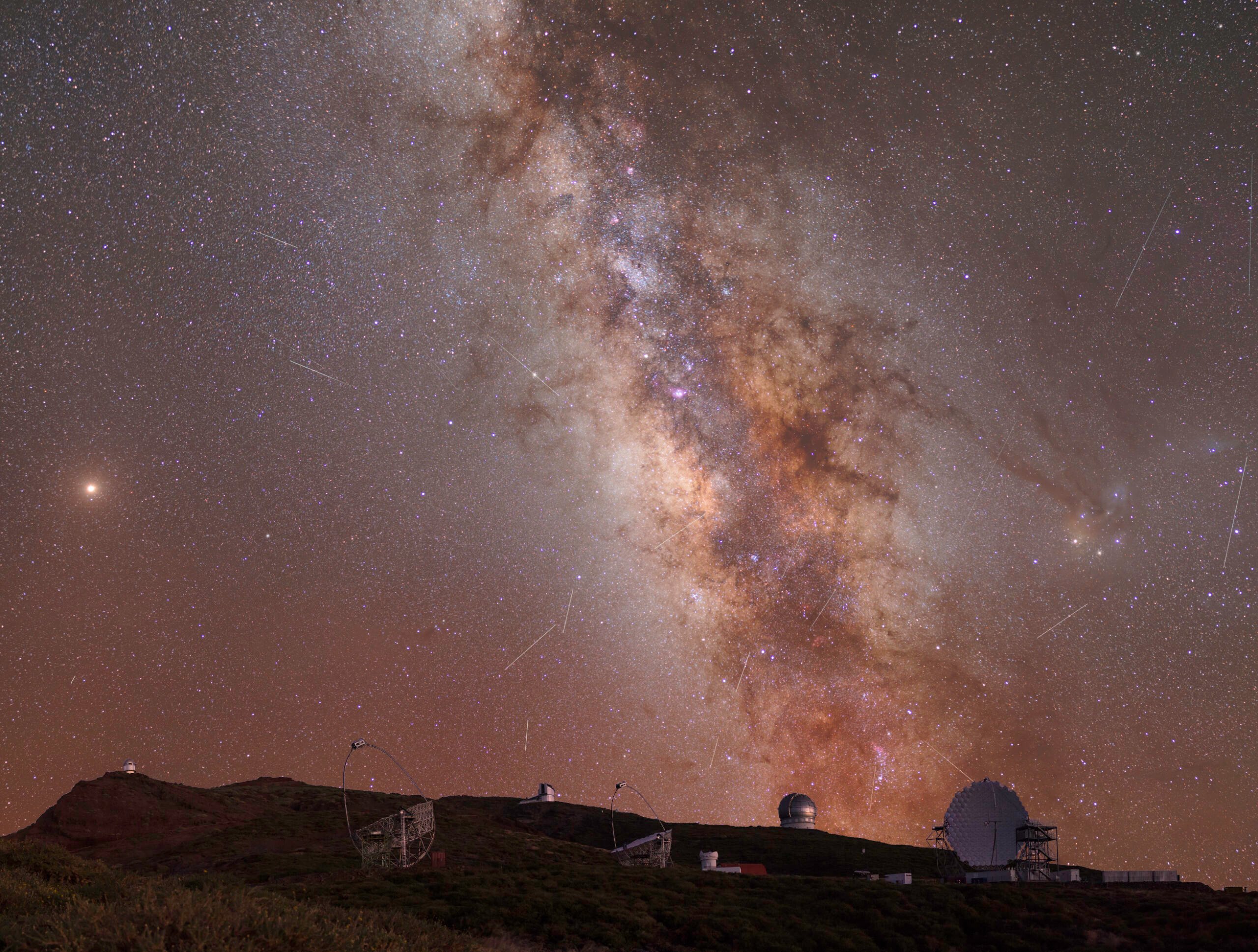
The following content was developed in collaboration between the International Dark-Sky Association and Astronomers Without Borders.
It’s that time of year again; the annual Perseid meteor shower is upon us! Every August, across the Northern hemisphere admirers of the cosmos gaze upwards to watch this spectacular show of ‘shooting stars’ illuminate the night sky. This year, the Perseids will peak the night of August 11/12. While the light of the last quarter moon will dim some vibrancy of the meteors, the Perseids may take on special meaning in this year.
It’s no secret that 2020 has been a year unlike others in recent history, as the COVID-19 pandemic has disrupted ordinary life around the world. During this time, the dark sky community – professional astronomers and casual observers alike – have noted the healing power of the night sky. The star-filled sky keeps us grounded, brings continuity to our lives, and connects us to each other during isolation.
What better way to connect to your fellow stargazers than to join them, wherever you are, for one of the most beloved celestial events of the year? Here’s what you need to know about the Perseid meteor shower to optimize your viewing experience this August:
What is a meteor shower?
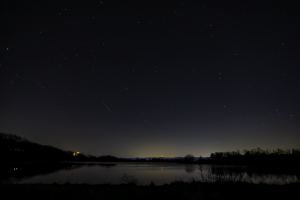
On an average night of the year you can catch a meteor zip across a dark sky every 15 minutes or so. During a meteor shower like the Perseids, there is a flurry of shooting stars every hour during peak times. These showers occur when Earth slams into a cloud of debris in space shed by comets or active asteroids. In the case of the Perseids, the parent object is comet Swift-Tuttle.
Amazingly, the vast majority of these particles are no bigger than a grain of sand and hit our planet’s atmosphere at incredible speeds of over 100,000 miles per hour! The meteors burn up in a fraction of second in the upper atmosphere, resulting in a streak of light we see run across the overhead sky.
What are the Perseids?
Over the course of a calendar year there are about a dozen meteor showers that put on a great show for skywatchers, however the Perseids are one of the most prolific and well-known. While they show activity from July 17 to August 24, the peak is on the night of August 11/12, 2020 when there is a surge of meteors racing across the sky over the course of the night.
Typically during the peak dates, meteor watchers should keep their eyes peeled for stunning fireballs to light up the skies. The Perseids are capable of producing a number of bright, flaring and fragmenting meteors, which leave impressive smoke trails in their wake.
Check out this Perseid Fact Sheet!
How can I watch the Perseids?
The Perseids can produce about one to two meteors per minute for a given observer under a dark rural sky. Any light pollution or moonlight considerably reduces the observable numbers. For the 2020 sky show, with the last quarter moon rising around 11 pm local time, it will be best to start watching for meteors as soon as darkness falls and before the moon rises in the east.
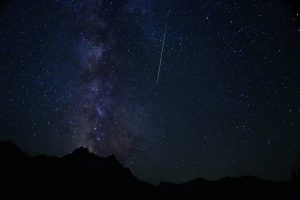
The meteors appear to radiate out from the shower’s namesake constellation Perseus, which rises after local midnight in the northeastern sky this time of the year right across the entire Northern Hemisphere. But it’s recommended to face the northeast starting from local nightfall to catch even the straggler Perseid shooting stars.
No need for any telescopes or binoculars – the unaided eyes are best suited since they can soak in the entire sky and meteors can appear in all parts of the sky.
What about light pollution?
The best place to watch the Perseids is from a dark site away from city lights with a clear unobstructed view of the overhead sky. If you have the privilege of living in an area with minimal light pollution or you can safely access a local International Dark Sky Place, the Perseids should put on a spectacular show.
The Perseids won’t be as visible in a light-polluted area of course, but there’s still opportunity to enjoy the experience. If possible, optimize your at-home viewing by turning off exterior lights and encouraging your neighbor to do the same. You could still catch at least one or two shooting stars every few minutes under these conditions.
If your night sky isn’t clear enough, whether due to skyglow or cloudy skies, you too can still catch the Perseids from the comforts of your home, virtually through livestreams.

Skywatching Bonanza
And if the Perseids weren’t enough cosmic goodness, don’t forget to check out the trio of bright planets, Mars, Jupiter and Saturn, dominating the southeast skies during the evening hours.
Remember, all this action is taking place on the celestial backdrop of the arch of the Milky Way stretching out across the overhead sky. Sit back with binoculars and you can spend hours touring our home galaxy and its myriad of stars. There is no doubt all this makes for an exciting night for those who plan to spend a summer’s night camped out under the stars.
Share Your Experience
Planning to watch the Perseids? The International Dark-Sky Association and Astronomers Without Borders want to hear from you!
Share this article with a friend and make a plan to watch the Perseids together, from wherever each of you are! Whether you live in a city center or on a dark country road, watching the night sky fill with shooting stars is a great way to relax and reconnect.
Let IDA and AWB know where you watched the Perseids from and share your experience with us on social media. Use the hashtag #Perseids2020 and tag AWB and IDA in your post. How many meteors did you see? What other celestial objects did you observe? What’s your favorite thing about the night? We’d love to know!

















